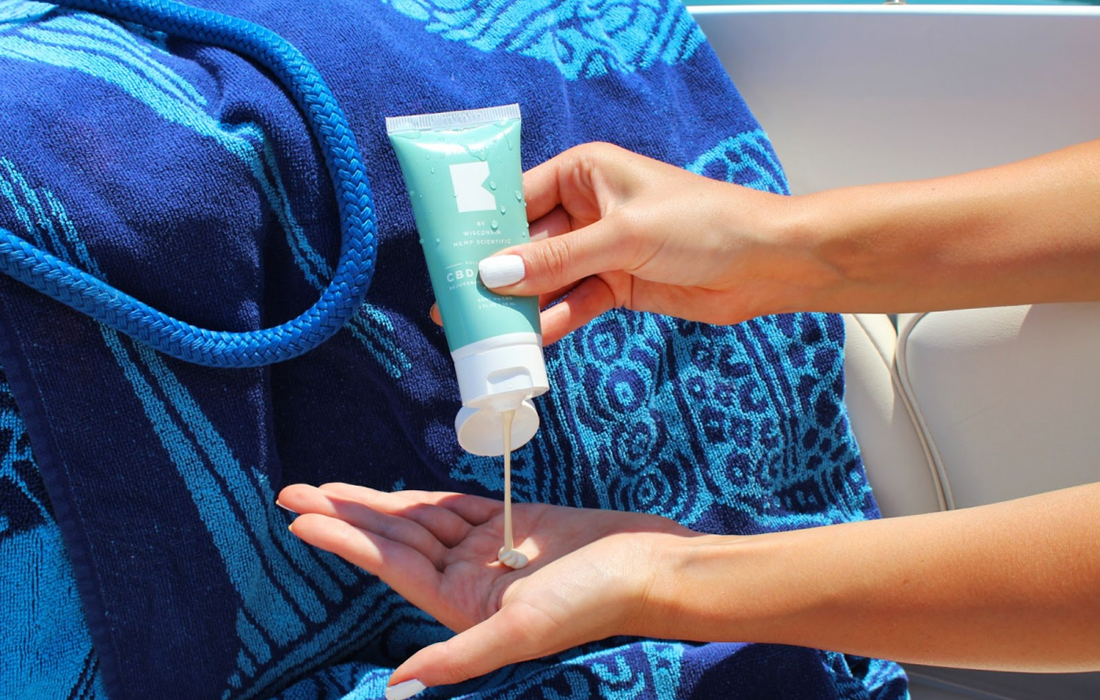Regenerative Medicine News and General Information
Our Own Melanin Could Help Us Develop a Potentially Ultra Protective Sunscreen
A new discovery about the structure of melanin has brought scientists one step closer to developing a new, potentially ultra-protective sunscreen derived from a biological substance found in nearly all organisms.
Melanin, the pigment that gives humans their skin, eye, and hair color, is the body’s first and best natural defense against the sun’s harmful rays. Cosmetics companies have long tried to harness the protective powers of natural and synthetic melanin for use in chemical sunscreens and other personal care products. But melanin is so notoriously unstable and difficult to study that, thus far, scientists have not been able to see what it looks like at the molecular level, resulting in a slow, trial-and-error approach to its potential use in personal care products.
“As we gain a better understanding of the structure of melanin, we should be able to predictably make alternatives that perform better than what is currently available,” said Jean-Philip Lumb, one of the lead authors of the paper.
The results found in the study of melanin include that the melanin component converts light into heat from all wavelengths offering a broad spectrum of protection and that the molecule was also remarkably small. “We’ve taken a major step forward in understanding a new mechanism for how melanin can serve as a sunscreen,” Lumb said.
Sources:
Xueqing Wang, Lilia Kinziabulatova, Marco Bortoli, Anju Manickoth, Marisa A. Barilla, Haiyan Huang, Lluís Blancafort, Bern Kohler, Jean-Philip Lumb. Indole-5,6-quinones display hallmark properties of eumelanin. Nature Chemistry, 2023; DOI: 10.1038/s41557-023-01175-4
McGill University. “One step closer to developing a potentially ultraprotective sunscreen from our own melanin.” ScienceDaily. ScienceDaily, 18 May 2023. <www.sciencedaily.com/releases/2023/05/230518120849.htm>.
Images from:
Photo by BATCH by Wisconsin Hemp Scientific
https://unsplash.com/photos/XanILp6v_Eg

